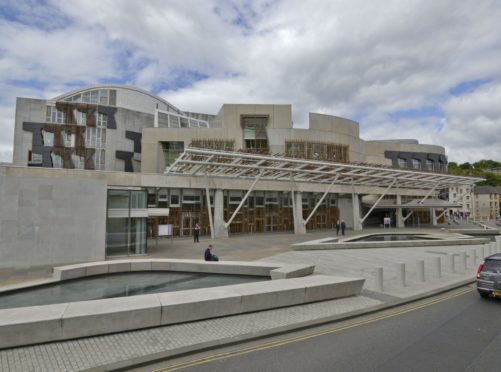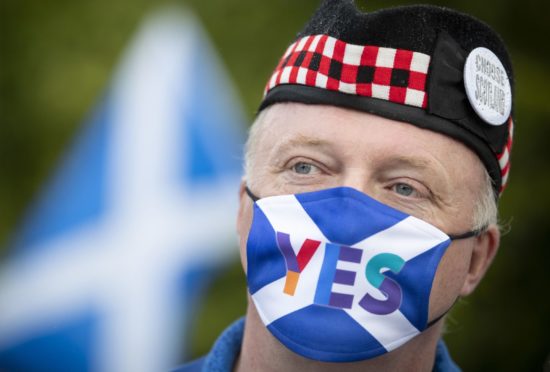Campaigning for the May 6 Scottish Parliament election began last Thursday, and hopeful candidates across the country have been trying to win over voters ever since.
This evening will see the highest profile event so far, though: the first of two party leaders’ debates.
First minister and SNP leader Nicola Sturgeon, Douglas Ross of the Scottish Conservatives, recently elected Scottish Labour leader Anas Sarwar, Lib Dem Willie Rennie and Scottish Green co-leader Lorna Slater will be going head to head.
Absent will be the party leader who has grabbed the most headlines over the last week: Alex Salmond of Alba, who only launched the new party on Friday.
A virtual audience will be on hand to grill each of the Holyrood leaders on why they would be the best choice to lead Scotland over a vital period, as coronavirus restrictions start to be eased and the economy gradually opens back up.
What is likely to be discussed?
Unsurprisingly, the pandemic will probably be the main topic on everyone’s lips – just as it has been for more than a year now.
The spread of Covid and the resulting lockdown have touched every part of our lives, and all the proposals mooted over the course of this campaign will need to take it into account.
Each of the parties at Holyrood has a different vision of exactly how they would like to see the country recover and what should be prioritised, so we are likely to see the leaders set these out.
Independence is another central issue of this campaign, with both the SNP and Scottish Conservatives putting it at the centre of their election pitches.
Expect to see Nicola Sturgeon outlining why she thinks it is “essential” Scotland handles its own recovery from the pandemic separately from the United Kingdom, as she did in a campaign speech yesterday.
The Greens also believe that independence is the best course of action for the country, so we may hear Lorna Slater make a similar pitch.
Meanwhile, Douglas Ross will likely explain why he believes holding a new independence referendum would damage the Covid recovery – a view shared by Anas Sarwar and Willie Rennie, though they have not prioritised the topic to the same extent.
Health, education and the climate crisis are also likely to be brought up on the debate stage this evening too.
How can I watch?
The programme will be shown on BBC One from 7.50pm this evening, and will be moderated by the BBC’s Scotland Editor Sarah Smith.
It can also be watched on the BBC News channel.
The debate will last an hour and ten minutes, and will come to a close at 9pm.
A second debate will take place towards the end of the election campaign.


